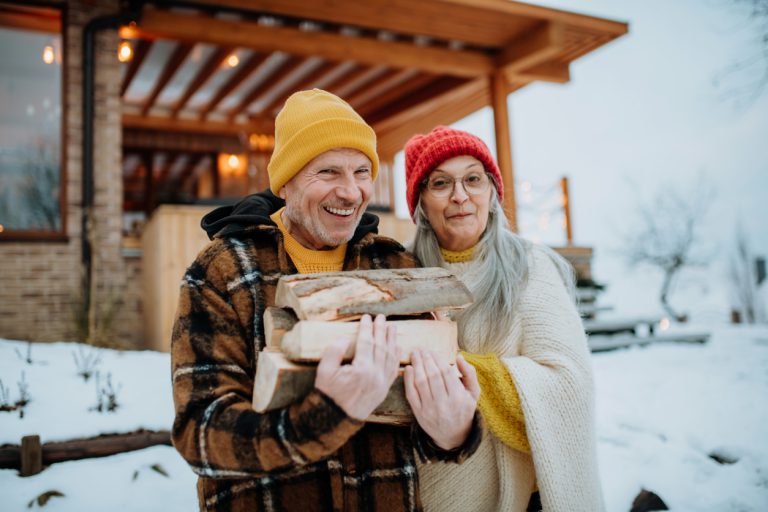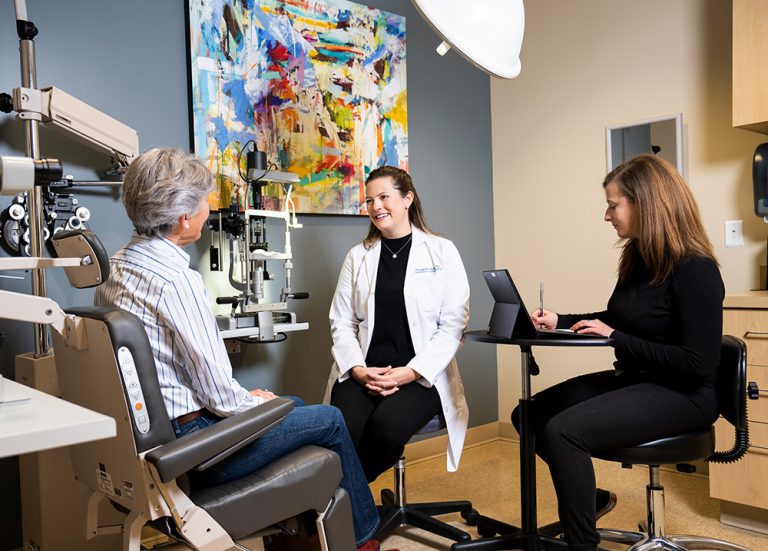Eagle County Leads Colorado In COVID-19 Testing But More Work Needs To Be Done
This article first appeared in the Vail Daily on May 9, 2020

There’s a lot we don’t know about the COVID-19 virus. Still, it’s important to test, both for the virus itself and whether people carry antibodies for that virus.
Eagle County currently leads the state in the number of initial tests given for the virus, at more than 9,000 tests per 100,000 population. But testing has been slower for the antibodies for COVID-19, with test kits coming online later. Nearly 3,500 COVID-19 antibody tests have been performed by Vail Health and Colorado Mountain Medical.
While that testing lags, it’s uncertain what the presence of antibodies really means.
In an email, Vail Health CEO Will Cook wrote that antibody testing is helpful in public health efforts to determine what percentage of the population has previously been exposed to the COVID-19 virus.
“But what it does not tell you is if you have immunity for a future exposure … and if you would be protected,” Cook wrote. “Scientists are still studying human immunity to COVID-19 post-infection and how long that immunity might last.”
Initial testing is essential
At Doctors on Call in Avon, Jill Kovacevich said the focus of testing needs to remain on the initial tests to determine if a patient showing symptoms is, in fact, infected with COVID-19. People with symptoms are the only ones eligible for those tests
While Vail Health currently has no hospitalized COVID-19 patients, Kovacevich said up-front testing is important in the next steps of trying to slow the spread of the virus.
“We need to test the person who has the active virus … then we need to turn (the result) over to public health for contact tracing,” Kovacevich said.
That contact tracing can require people who have been in contact with an infected person to self-isolate for two weeks. Depending on who an infected person has been in contact with, those self-isolation numbers can grow quickly.
Kovacevich said contact tracing for one patient who tested positive eventually required about 85 people to self-isolate.
That’s why mask-wearing and maintaining social distance are so important, Kovacevich said.
Eagle County’s infection rate has been decreasing, and Cook wrote that Vail Health currently is ready to handle a “significant increase” in new patients.
“We have sufficient facilities, providers and a robust stockpile of (personal protective equipment) to handle a continuous eight-week surge of patients that would fill our 56-bed hospital.”
Fewer cases, but …
But that decline in new cases doesn’t mean the virus has gone away.
“What we want everyone to understand is that until we have a vaccine, we will continue to see the spread of COVID-19 within this community and around the world,” Cook wrote. But, he added, medical professionals have learned a lot and know the precautions that are needed to protect ourselves and others. That includes maintaining physical distance and frequent hand-washing.
Cook acknowledged the economic impact of the virus and the fact the local economy depends on visitors.
“We are very concerned about (economic and behavioral health) needs. We don’t see them in conflict with the challenges we have faced from COVID-19,” Cook wrote. He added that Vail Health is working with both government officials and businesses to try to ensure a “safe path forward.”
Kovacevich said now that the virus seems to be dissipating, “we need to be very proactive about testing anybody with potential symptoms.” That’s going to be true of all age groups, she added.
“Across the board, we’ve had more people (in the U.S. ages) 16 to 24 come up positive,” she said.
The problem with getting the virus, Kovacevich said, is that the initial test only shows whether or not a patient has it. There’s no way to determine how sick an individual might become.
One of the challenges is getting people to understand that it is a very complicated virus.
“We’re all still very challenged by this,” Kovacevich said. “We’re not out of the woods yet … but we’re making progress.”


